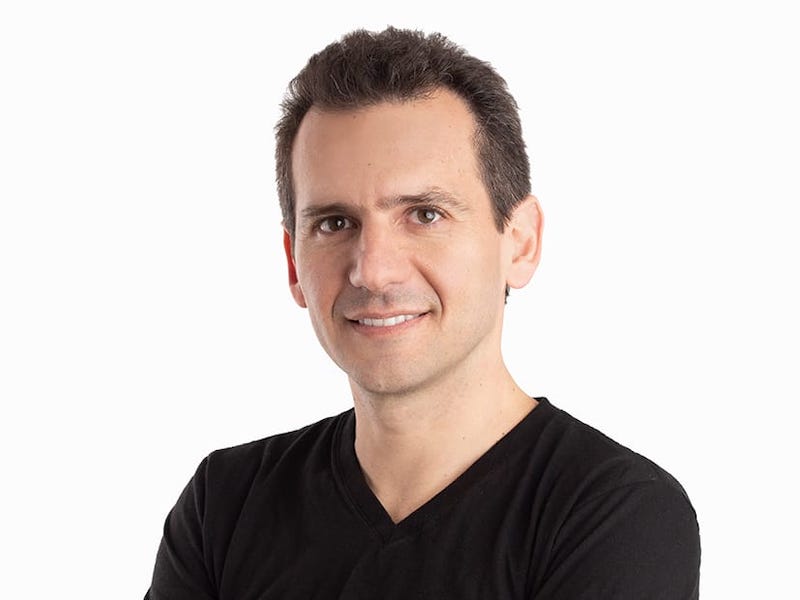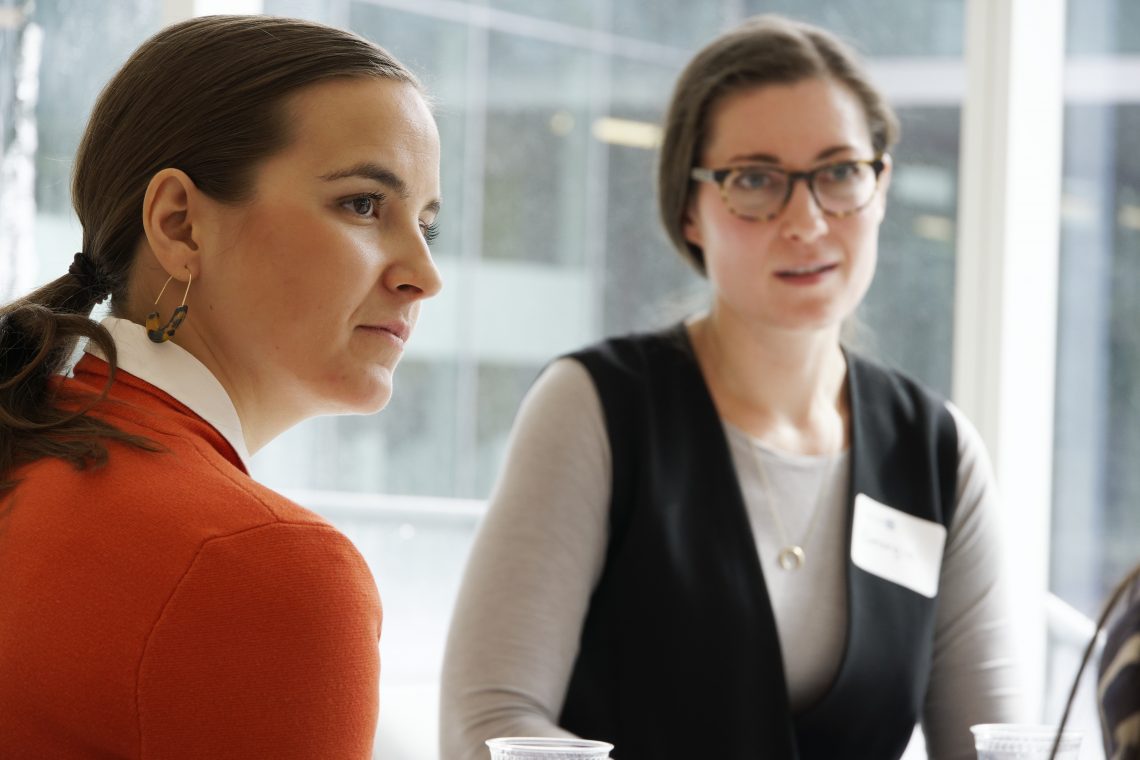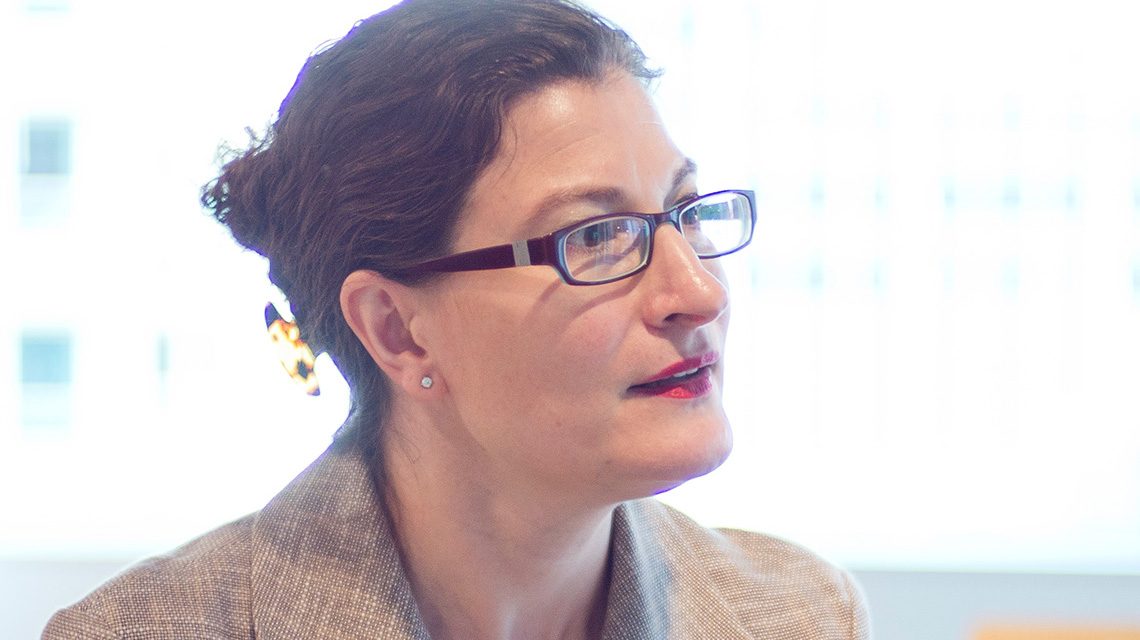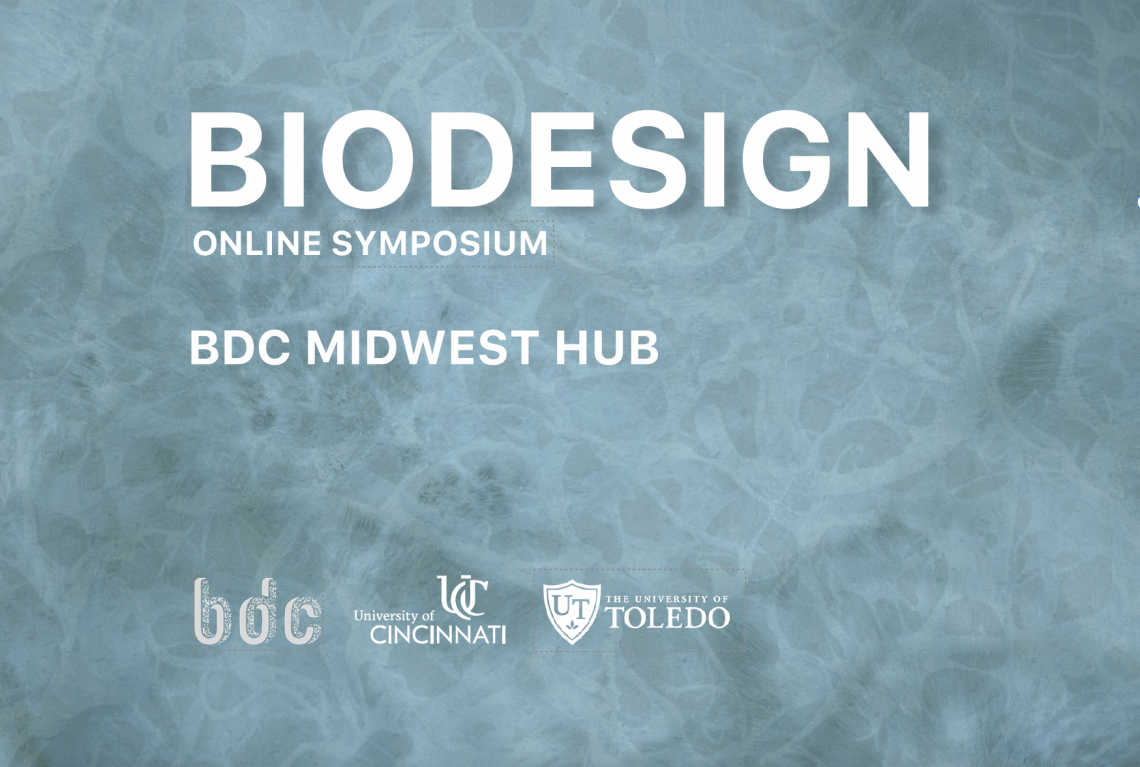
Rodrigo Isasi (MDM 2013) is the CEO of Delosi, the first design-trained CEO in a non-design-driven company in Peru. Delosi is a leading restaurant franchise which operates international brands such as Starbucks, Pizza Hut, KFC, Burger King, and Chili’s in Peru.
In this interview, Rodrigo talks with ID student Rodrigo Dyer (MDes 2021) about the journey that led him to ID, how he started advocating for design in the corporate and social innovation spaces, and the decisions that made him the well-rounded professional he is today.
This interview has been edited for length and clarity. Disclaimer: This talk only reflects Isasi’s personal views and does not necessarily represent the views of Delosi.
Tell me a bit about your background.
I got out of college and I wanted to work in marketing. I was in love with marketing. So I started at Kimberly Clark. After a few successful years in the company, I was placed in a high-potential program and got an MBA. At some point, I started questioning the way in which marketing was done and the role of companies within industries. I came across innovation as a practice and the fact that it focused on going beyond the promise to consumers, which traditional marketing and sales are focused on, to actually fulfilling that promise.
I had a doer mentality, I wanted to design the business and spread creativity throughout business operations. I started incorporating that particular mindset daily in my work while I researched more about innovation. Design was the answer to those questions I was asking myself. So my first step was to push design methods inside Kimberly Clark. In 2011 KC put me in charge of two separate initiatives: being the founder and CEO of a civic organization that promoted recycling, and also leading a personal care project for vulnerable populations. I was given full autonomy and resources, something that had never happened before in KC Peru.
What did you learn from these experiences?
The recycling initiative was a joint project between Kimberly Clark and Coca Cola. I turned that into a civic organization, Recíclame Cumple con tu Planeta. The personal care project entailed redesigning the diaper business for underserved communities. I hired industrial designers and anthropologists and built a task force to address the challenge. It was like running an entrepreneurship lab and an innovation lab simultaneously. They turned out to be very successful initiatives.
So what led you to ID?
I asked myself:
I decided that I wanted to “do design” full time. I applied to ID to acquire the knowledge and skills. Curiously enough, I deferred my enrollment twice because they asked me to export the personal care project to Bolivia. Then I joined the MDM program in 2012. Every second at ID I thought I was in the right place. Any time someone interviews me I say this: ID transformed me as a professional. I reinvented myself while connecting with people doing design at a larger scale.
After ID, your story with INSITUM started…
I met Ric Edinberg through the ID network and he introduced me to Luis Arnal. INSITUM [acquired by Accenture in 2019] already had plans for expanding in Latin America and I wanted to go back to Peru to found my own design consulting company. It was meant to be, so I joined as a partner. It was fantastic. We operated as a single global practice and thought about the integrated strategy constantly. People loved it: you could be working on a project with the Philippines, Brazil, the US. It was seven years filled with meaningful, impactful experiences.
Tell me more about your experience in academia.
When I got back to Peru, the design consulting practice was close to nonexistent. I thought I had to play a larger role than being the head of INSITUM’s operations in Peru. I had to push design as a driver for social impact, to shift the focus and energy of companies towards improving people’s lives.
It helped significantly to draw patterns between design, business, and technology. I focused heavily on adapting the content to each context. In the context of business design and decision making: Where does design fit? How can strategy be crafted differently through design? In the context of design: How can students channel their creative efforts? What is the relevance of research in design?
How did you apply the learnings from teaching in your own life?
A very powerful thing I picked up at ID was to learn a different way to learn. I won’t stop learning. If you take learning as a journey, as a design project, if you can inject people with that notion, with all the available resources, the sky’s the limit. And that’s how I approach it. If I’m interested in a particular topic, I do research on it, I teach a class about it, then I try to apply it at work, after which I try to implement it at a larger scale, systematize it. You can leverage your knowledge in different spaces and levels. There’s a lot of potential in rethinking learning as a design project.
You moved beyond your roles in innovation consulting and academia to push the practice of design at a larger scale.
Design is a core competency with the potential to create value in different dimensions of society.
I started with social entrepreneurs that were creating an impact, as an advisor. I co-organized events. I really committed. There’s a model of collaboration in these spaces, these boards. They ask: Do you bring wisdom, wealth, or work? I had limited wisdom, I didn’t have wealth, but I could work. So I worked hard and people started noticing that. I received calls from other institutions to support them. I think it was a matter of being at people’s service. Through that impact I was adding to society I felt fulfilled.
Tell us more about your role at Delosi.
I had been asking: what is the great catalyst of corporate transformation? And I kept going back to leadership as the answer.
That’s something that has kept me interested for awhile. I started collaborating with Delosi as a consultant. Delosi employs 10,000 people, it’s a company that has revenues of around $250 million every year. So I got excited to apply for the CEO role for three reasons: first, the scale of the impact; second, implementing projects while managing the company as a design project; and third, to demonstrate what a company can do for society.
Delosi is proposing a challenging agenda of sustainable transformation. It’s a very exciting opportunity because they already had the plan and ambition of becoming a design-driven company. The pandemic played a key role in this: they had to question the foundation of their growth and saw the relevance of adapting swiftly. In addition, they just turned 40 years in the market and started asking: Where do we want to be in the next 40 years?
Do you have any advice for current ID students?
First, follow your instincts.
I go back to my own life and experience and think, “Wow, I was brave enough to quit a successful corporate job and to follow my gut.” You will feel you are swimming against the current and that doesn’t mean you’re making the wrong call. That’s what I felt in my corporate job. The projects and principles I upheld were considered too different from how the company operated. Today, I know I made the right decisions, I’m at peace with what I’ve accomplished.
Second, search for people that are different from you.
Leave your comfort zone, go out of the bubble, listen to diverse viewpoints, get to know new realities. I constantly look for spaces of interaction with people from diverse backgrounds. I talk to artists, community leaders, urban planners, politicians, all across the country. Those discussions are huge learning experiences.
Third, understand transformation as a personal process.
You need to ask yourself if you do want to go through a personal transformation: What would that look like? What’s the path? What are the stakes? What do I have to do differently? There’s a humane side to explore, for sure. Convincing people, leading teams, inspiring change… those are roles of a designer. Beyond strategy, insights, and ideas, it’s the transformation of the person and the motivations behind each person’s endeavors. A lot has to do with inspiring people to change.
Fourth, partner up.
This is something that I picked from my time at INSITUM. Look for alliances, for partnerships, for collaborations with organizations and people with complementing skill sets. The positive outcomes of those spaces are enormous. Search for and carefully choose those partners.


